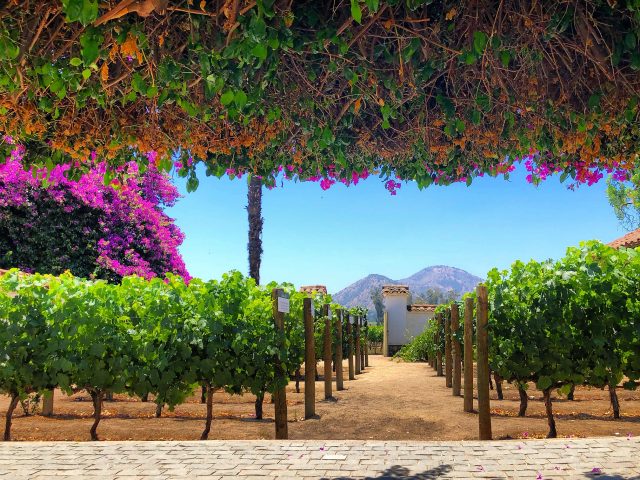How Cabernet has become cool again in Chile
Chile has been through a number of adventurous winemaking developments this century, but the new source of excitement comes from the country’s core proposition: Cabernet Sauvignon.

The grape variety, which is by far the most planted in Chile, has been this Latin American nation’s bedrock for sales success over the past 30 years, but in recent times, has been considered a touch mundane compared to other aspects of the country’s dynamic wine scene.
But that’s changing, according to one winemaker in particular, who says that Cabernet is now the source of thrilling new projects, based on different styles, and particular source areas, ensuring the grape variety is viewed as far from dull today.
Speaking exclusively to the drinks business last week, Emily Faulconer, who is the winemaker at Chile’s oldest winery, Carmen, said that Cabernet was cool again for her and her peers in the country, especially when sourced from the top sites in the higher parts of the Maipo valley, known as the Alto Maipo, or Maipo Andes.
Looking back over recent history, she charted the key areas of excitement for the country’s winemakers, from the development of cooler climate locations in coastal areas for Burgundian grapes Chardonnay and Pinot Noir to the celebration of Chile’s viticultural past with the renewed appreciation of bush-trained vineyards planted with Carignan and Pais in more southerly areas, from Maule to Itata.
However, at the moment, some of the country’s biggest winemaking projects concern Cabernet, and the nation’s traditional winegrowing area of the Maipo Valley.
Indeed, Santa Rita, which owns Carmen winery, has been undertaking “the most important single project with Cabernet Sauvignon in Chile,” with a replanting scheme for almost 500 hectares of the grape at its estate in the Maipo Andes sub region of Alto Jahuel.
Speaking about a change in focus among Chilean wineries more generally, Faulconer said, “The wine scenario has completely changed compared to 15 years ago.”
Explaining why, she said, “Before, the big brands were exploring new areas, but today it is about focusing on existing areas, and increasing the diversity by focusing on special sites, and different styles.”
Partner Content
Continuing she said, “This might be in Maipo with Cabernet, it’s not only about Pais and Carignan from Maule, and people are really specialising in their sites, that is the switch.”
Then she recorded, “And the trend today is that Cabernet Sauvignon has gone back to becoming something fun; when I started working [with the grape in Chile] 12 years ago, it was considered boring, and people didn’t want to know about it, all the excitement was focused on wines from Itata, or Chardonnay from Limarí.”
She added, “Today, and I can feel it among my colleagues, there is a big interest in Cabernet Sauvignon – it is a grape variety that didn’t go out of fashion with consumers – but it was pushed a bit to one side by winemakers.”
She then said, “However, it is now back on trend and stylistically, there are a lot of versions – you can really feel the differences according to origin, and it’s becoming very competitive.”
Read more




